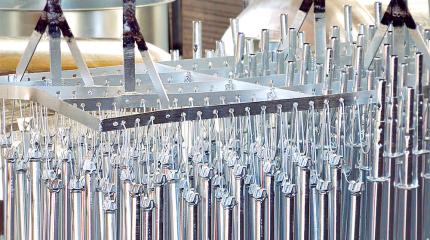I Vantaggi della Nichelatura senza Acido Borico
La nichelatura ha una grande varietà di applicazioni nel settore della galvanica. Il nichel è utilizzato nell'elettroformatura, nei PCB e in quasi tutti i componenti elettronici, sia come strato intermedio, che come finitura finale.






